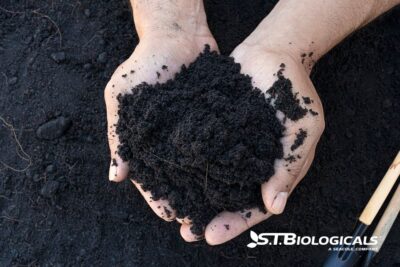When did you last ask, “Are my plants really getting the nutrients they need?”
Sure, soil sampling is essential. It tells you what nutrients are available in your fields. But here’s the thing: available nutrients don’t always mean absorbed nutrients. That’s why tissue sampling is the missing link in modern farming. It shows you exactly what your crops are taking in, empowering you to make informed decisions that protect yield, quality, and ultimately, profitability.
The Role of Micronutrients in Plant Health
Micronutrients, elements such as zinc, boron, and copper, might only be needed in tiny amounts, but their impact is monumental. Without them, plants can’t photosynthesize efficiently, develop strong roots, or fight off stress.
Even when your soil contains adequate levels of these nutrients, your plants might not be absorbing them. Why? Factors such as pH imbalance, poor root development, or compaction can stand in the way. Tissue sampling lets you monitor these micronutrients directly in your crop to ensure everything is on track.
Hidden Hunger: What You Can’t See Is Costing You
But the fact of the matter is, your crops could be starving without you even knowing it. This phenomenon, called hidden hunger, occurs when plants lack essential nutrients but aren’t showing visible symptoms yet. You might think your crops look fine, but nutrient deficiencies can quietly shave off bushels before you realize there’s a problem.
Tissue sampling exposes hidden hunger and gives you the power to correct these imbalances early. Think of it as catching a problem in the “check engine” phase instead of waiting for a full-blown breakdown.
Why Tissue Sampling Makes Sense for Farmers
Farmers who integrate tissue sampling into their management strategy see real results:
- Higher yields: Correcting deficiencies before they hurt productivity.
- Improved quality: Strengthening plant health to enhance nutrient profiles in crops.
- Greater efficiency: Targeted nutrient applications based on lab results.
For example, one grower discovered their plants were low on sulfur, even though soil tests showed sufficient levels. Tissue sampling revealed the issue, and foliar feeding corrected it, leading to healthier plants and better returns.
Soil Sampling and Tissue Sampling: A Partnership for Success
Think of soil sampling and tissue sampling as two halves of the same whole. Soil tests tell you what’s available in your fields, while tissue tests tell you what’s actually making it into your plants. Together, they take the guesswork out of nutrient management, helping you farm smarter, not harder.
The data from tissue sampling puts the power in your hands, so you can make proactive decisions to protect your yield potential.
Still not convinced? Let’s talk. We can walk you through the entire process—from sampling to reading the lab analysis—and show you just how easy and effective tissue sampling can be. Give us a call today.
To learn more about how tissue sampling can transform your crop yields and improve soil health, visit ST Biologicals.com to reach out to us directly. We’re here to help you succeed. When soil speaks, we listen.

